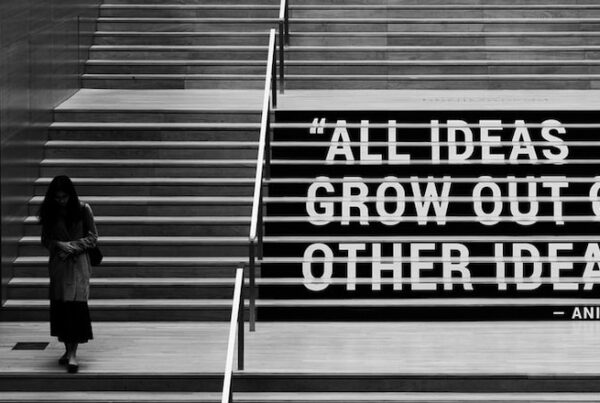
Concept testing is an important aspect of innovation, as it is often used to determine which ideas or concepts are fit for advancement vs. those that take a back seat. The standard practice is to present concepts via a carefully-designed template with the insight, benefits, and reasons to believe. But, as the as the cost of producing 3D models and prototypes declines, it is time to rethink how we approach this important exercise.

Behavioral psychology tells us that 75% of adults are highly sensory. That is, when taking in new information they largely rely on the senses: sight, smell, taste, hearing, and touch. They focus on present realities, verifiable facts, and experience. On the other hand, intuitive learners (those who rely on meaning, connections, and metaphors) make up a much smaller share of the population.
 The irony is that concept testing is a highly intuitive exercise. In short, we are asking many people to judge the merit of an idea by providing them only the big picture. For highly-sensory people, it is more difficult to process an abstraction, imagine how it will fit into their daily life, and ladder up to benefits. Every day, we see this dynamic in qualitative research, and we know it is happening in quantitative research based on the shallowness of open-ended responses. As researchers, we must understand that we are asking many people to complete a task that is unnatural to them.
The irony is that concept testing is a highly intuitive exercise. In short, we are asking many people to judge the merit of an idea by providing them only the big picture. For highly-sensory people, it is more difficult to process an abstraction, imagine how it will fit into their daily life, and ladder up to benefits. Every day, we see this dynamic in qualitative research, and we know it is happening in quantitative research based on the shallowness of open-ended responses. As researchers, we must understand that we are asking many people to complete a task that is unnatural to them.
For organizations that generate hundreds (if not thousands) of concepts a year, quantitative research or hybrid qualitative-quantitative approaches are (by far) the most economical way to separate the strong concepts from the weaker ones. When the volume of concepts is lower, we advocate a more sensory approach to evaluating ideas.
Consider the following workarounds that increases the engagement and contributions of more sensory people
- For some concept testing, trust qualitative research as an alternative to quantitative methods. Don’t sweat over the numbers of people interviewed. Judge ideas based on the intensity of response and how well the end user can articulate the benefits. To what degree are you seeing the “I gotta have it” reaction?
- Incorporate 3D models and/or low-fidelity prototypes into your face-to-face discussions. Highly-sensory people will ask this question a lot: “Will your idea do this?” The moderator should respond with: what would you like for it to do? Or, what are the reasons it is important for you to know the answer to that question? The answers will isolate the value proposition.
- Give concepts more context. That is, have end users react to a concept in a storyboard format that depicts how it is used in a day-to-day setting. More context yields a deeper discussion.
- We’ve read examples of food manufacturers fast-tracking small-batch, in-store purchase experiments in lieu of quantitative research in the front-end of innovation. Not only are they gauging intent to purchase, they are also getting product design feedback, and ideas on how best to message the product. In my mind, that is a very effective and agile approach.
Here’s the paradox: most people in research, engineering and marketing are highly intuitive people. The clear majority of people we try to engage ARE NOT. To be far more effective, we must come to our senses and be willing to modify how we do things so that our study participants contribute at their highest potential.



